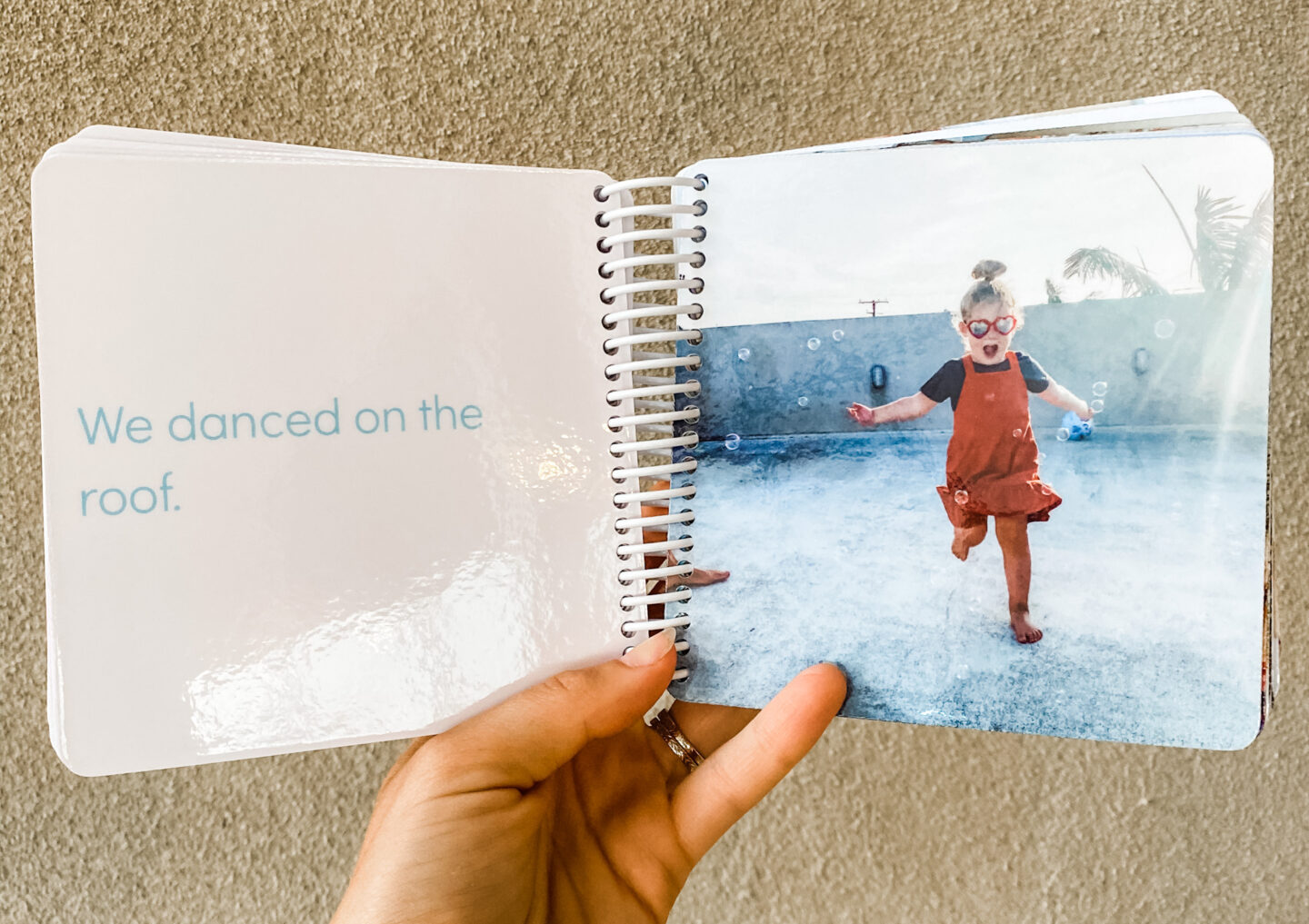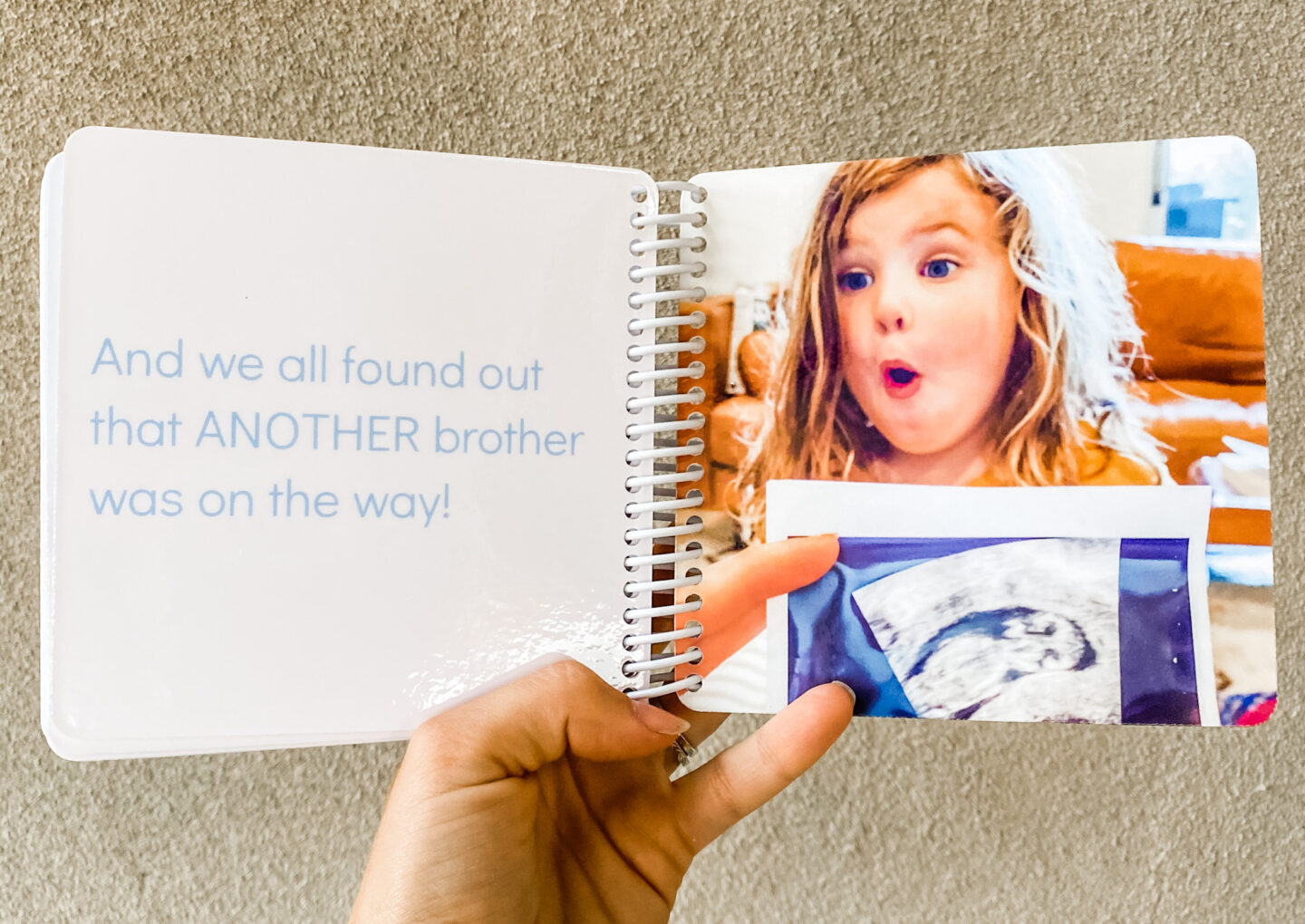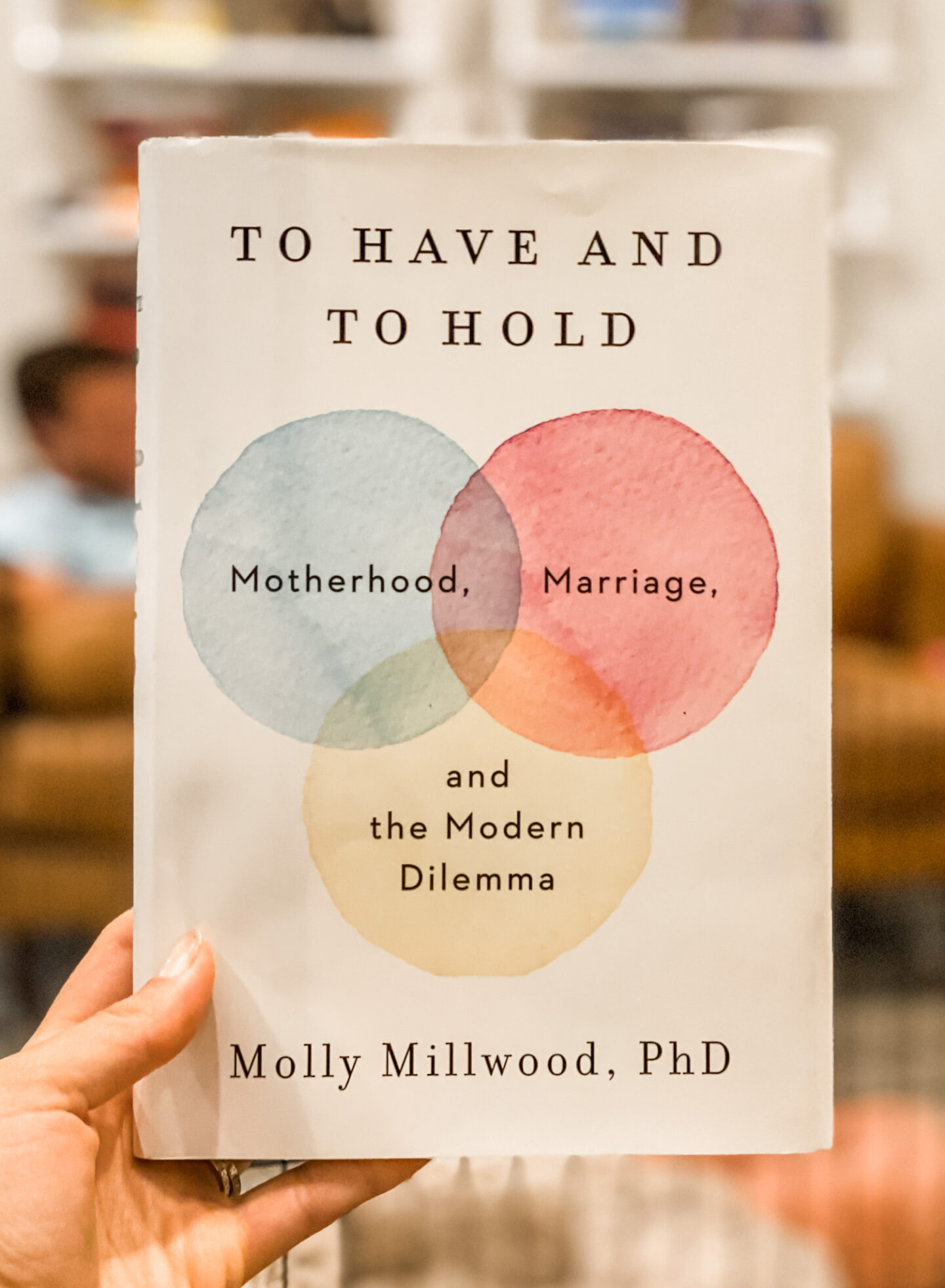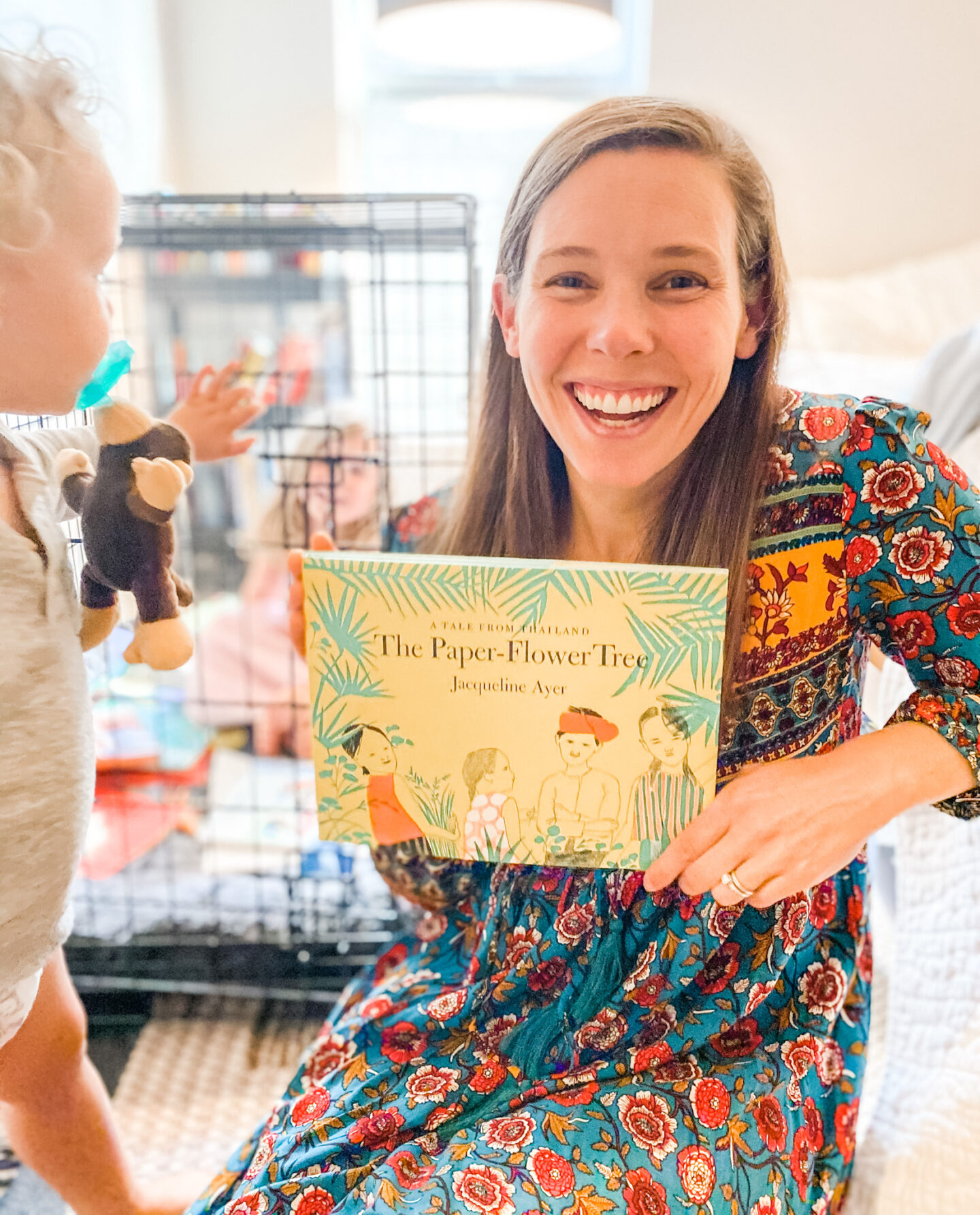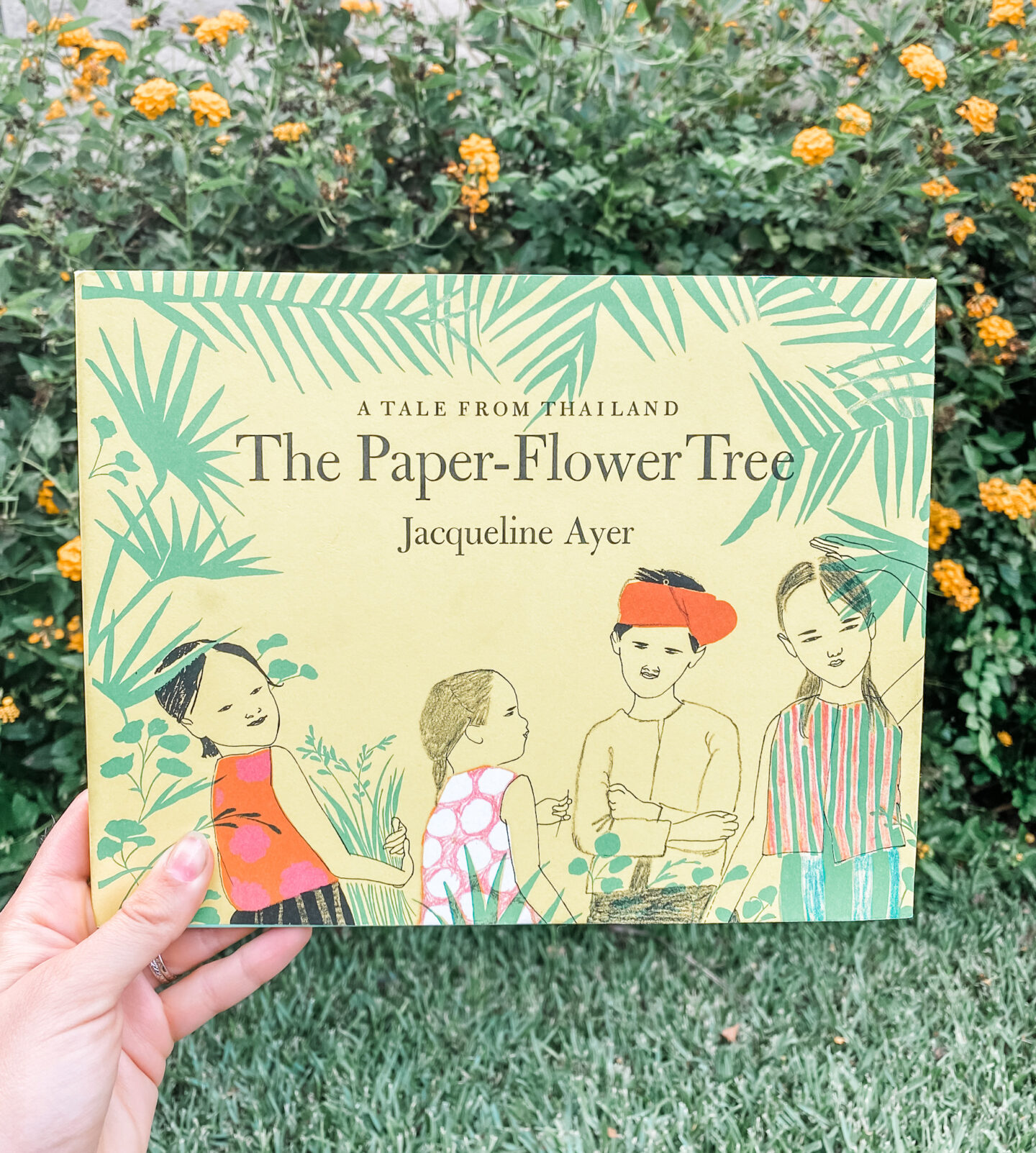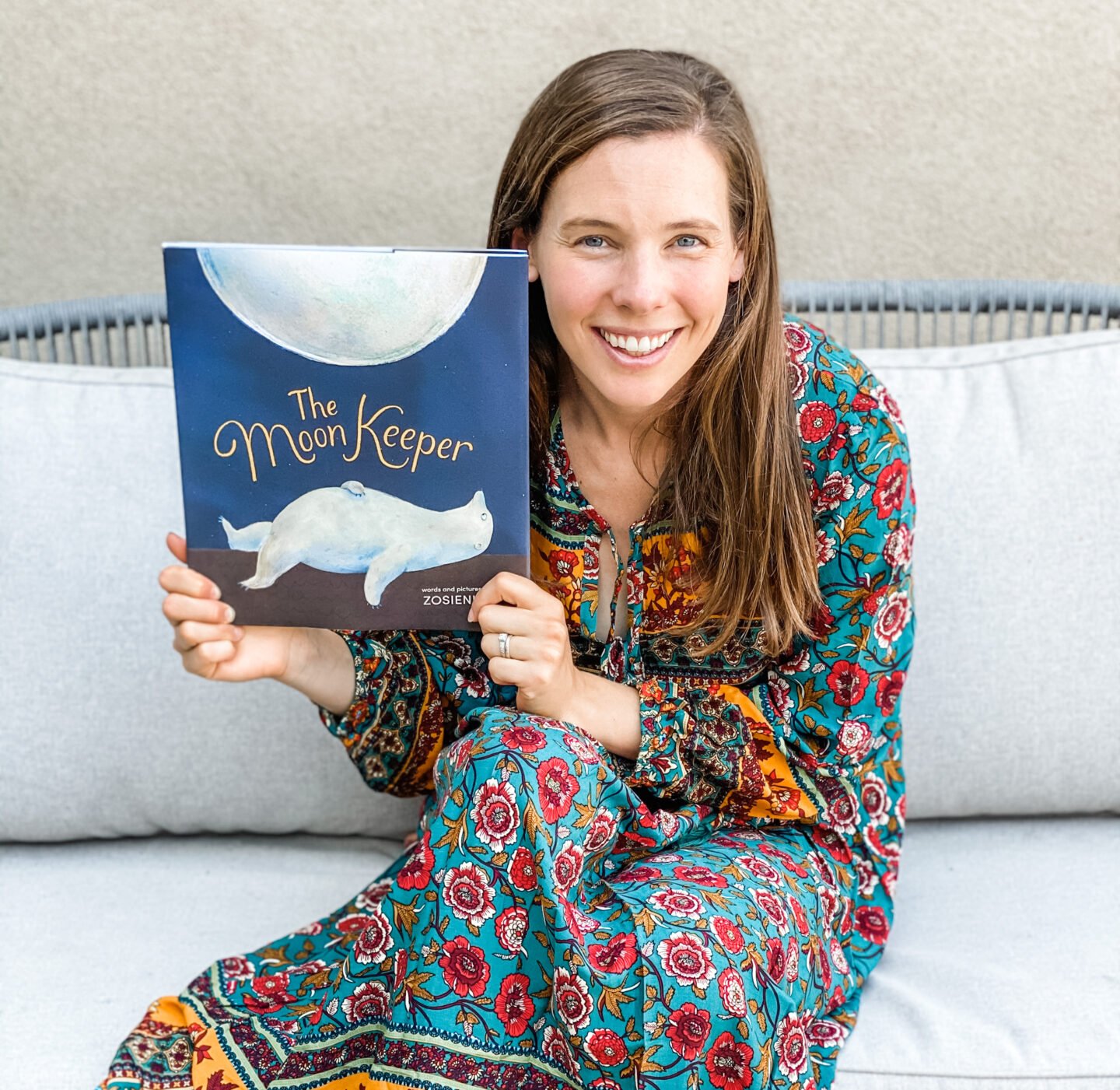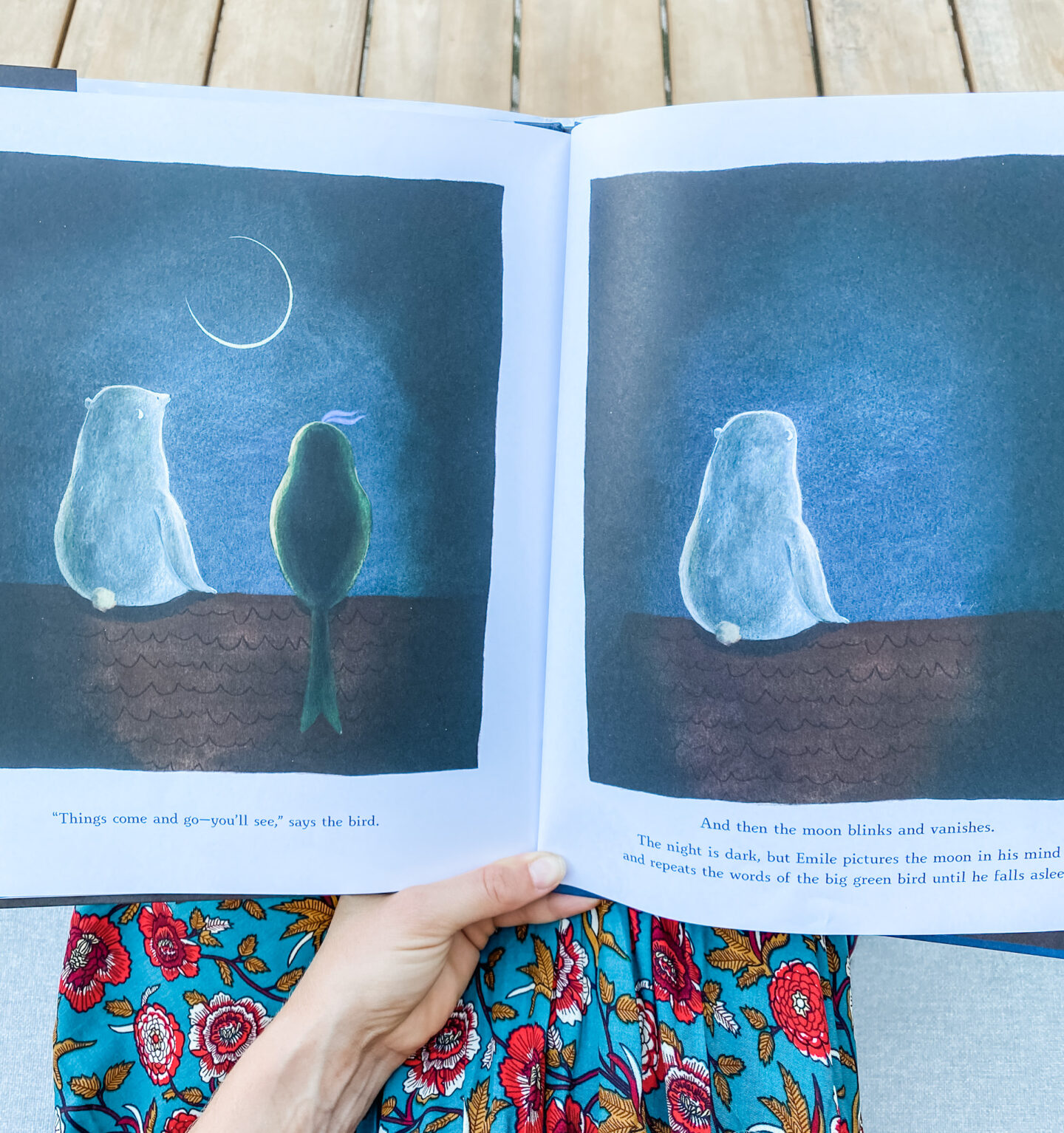I love a good holiday, and I have always particularly loved Halloween. There is something about dressing in costume that feels so freeing to me. When I’m Miss Frizzle, or Edgar Allan Poe, or a cow (yes, I did that one once), I don’t feel the same pressure to be “normal” that I do in my everyday life. Halloween is a day where we have complete freedom to be our most ridiculous selves, make each other laugh, and throw our healthy eating habits out the window.

Since having kids of my own, my love of Halloween has only grown. On Margot’s first Halloween, she dressed up as an astronaut, and was undoubtedly the cutest baby in America. I will also never forget the way she looked at her daycare teacher when she walked into the room that morning dressed as a full-blown robot. Her expression was the picture of delight, and surprise and I adored being able to live vicariously through her innocent eyes for that moment, and the rest of the day.
As my kids have grown, I have enjoyed getting to extend the holiday by creating some of our own Halloween traditions. We decorate the house, go pumpkin picking, make cookies and haunted gingerbread houses, and, most importantly, read a lot of Halloweeny books.

Below, I have complied a list of our current favorite Halloween books, both for my older daughter, Margot (3.5), and my younger son, Max, (1.5). I hope you enjoy learning about our favorite spooky tales, and let me know in the comments if there is anything else I should pick up and add to the rotation next year!
Margot’s Picks (For Older Toddlers):
Stumpkin:
This is one of our favorite Halloween books, and a book that will surely stay on our shelves well after the holiday itself ends. In this delightfully illustrated story, Stumpkin finds himself competing with his companions for a chance to be bought, transported to the apartment building across the street, and made into a jack-o-lantern. Stumpkin is a nearly perfect pumpkin, but is missing a stump, and by the time Halloween rolls around, even the gourd (!) has been chosen before him. In the end, Stumpkin’s dream still manages to come true, and the author leaves us with a lovely message about appreciating the home, and life, you already have, instead of spending too much time longing for something else.

Room On The Broom
This adorable rhyming book is written by Julia Donaldson, the author of everyone’s favorite kid’s book: The Gruffalo. The story follows a friendly witch who always has room on her broom for a new friend or two. After collecting quite the menagerie of companions, the witch encounters a frightening dragon who is thrilled to have found his dinner. However, the witch’s new friends are more than willing to return the kindness she bestowed on them, and come up with a pretty creative method of saving their friend.

The Little Kitten
This book is beautifully illustrated, and includes carefully placed cutouts that create stunning continuity between one page and the next. The trees and houses are embossed with shiny gold, and my daughter loves tracing the outlines of the leaves with her fingers as I read.
The story follows a young girl and her cat as they traipse through the woods, only to stumble upon another cat who appears to be lost. The young girl delivers the lost cat to it’s home, but soon realizes that she has left her own cat behind and is now lost herself. In the end, everyone finds their way home, and the young girl is rewarded for her thoughtfulness by a very special (and magical) neighbor.

Gustavo The Shy Ghost
There are so many things I love about this book. Firstly, the protagonist, Gustavo, reminds me a lot of myself as a kid: I was quiet, and shy, and felt a little bit invisible sometimes. But I also think that every kid, not just the shy ones, would be able to relate in some way to Gustavo’s plight of not being “seen” by his peers.
In the story, Gustavo is in love with the “prettiest” girl in town, who also happens to be invisible: an adorable detail that makes me laugh out loud every time I read it.
Throughout the story, Gustavo learns that he doesn’t have to be loud, or chatty, or particularly funny in order to connect with his peers. In fact, it’s the things that make him different, that actually end up making his friends love him the most. It is honestly the sweetest book, and would be an excellent gift for the lovably shy child in your life.

Gilbert the Ghost
This is another heartwarming book about a little ghost who doesn’t quite fit in. He doesn’t like to shriek or scare but is, instead, a little too polite. It’s a sweet story about being different, and still fitting in, and is another one that could stay on the family shelf well after Halloween.

Creepy Pair of Underwear
This book is an actual hoot. First of all, I’m pretty sure it’s impossible for a toddler not to love a book that has the word “underwear” on every page. Also, I’m almost positive that every parent has, or will have, the exact shopping experience from the opening scene of this book with their own child.
The story follows a young bunny named Jasper whose mom wants to buy him the plain, white underwear, but who insists on purchasing the creepy underwear since he is, after all, “not a baby” anymore. However, that night, Jasper realizes that maybe he isn’t as grown up as he thought he was, and that the creepy underwear is actually pretty creepy.
Shenanigans ensue as Jasper tries to rid himself of the creepy underwear, and the twist at the end is both sweet, and laugh-out-loud funny.

Frankenstein: A Monstrous Parody
We are huge Madeline fans in this house, so I was nothing short of thrilled when I discovered this book. It’s a parody of the classic Madeline story, but instead of little french girls living in a house covered in vines, the story follows a group of monsters in a house covered in spines. It is adorable and brings a huge smile to my face every time I read it.

It’s The Great Pumpkin Charlie Brown
I don’t think there’s much I need to say about this one. It’s a classic, with a great movie to accompany it, and is a lovely way to introduce youngsters to the whimsical world of Charlie Brown. It’s full of shenanigans and “poor Charlie Brown moments,” and a few sweet examples of the strength of childhood friendships and sibling bonds. A classic, and a fun read for both kids and adults.

Max’s Picks (For Younger Toddlers):
Plumply, Dumply Pumpkin
This is a sweet rhyming book about looking for the perfect pumpkin. (Spoiler alert: it has to be plumply and dumply!) It’s full of fun illustrations and “suspense” as readers wait to find out what on earth the protagonist is going to do with this perfect pumpkin. We have this one in board book form and it has been a favorite of both of my children when they were in the 1.5-2.5 age rage.

Little Blue Truck’s Halloween
Little Blue Truck can do no wrong. I find that all of the Little Blue Truck books are great for 1-2 year olds, as they have lots of flaps, and opportunities for kids to point out, name, and count, animals and landmarks.
This iteration follows the little blue truck as he picks up his now costumed animal friends on their way a Halloween party. The flaps allow kids to discover who is beneath each costume, and my son squeals with delight every time he discovers a cow or a duck.

EEk! Halloween!
Sandra Boynton never disappoints, and Eek! Halloween is no exception. This is a book that we keep out on the shelf all year long, and it is so much fun to read aloud. In the story, a group of chickens are experiencing Halloween through innocent eyes, and are a bit alarmed by the day’s happenings. They find themselves surrounded by ghosts and monsters, and are about to reach peak panic mode when the narrator tells them to “relax silly chickens, it’s Halloween!” My kids and I always make a lot of noise when reading this book, and it’s the actual best.

Spooky Pookie
This is another very cute Sandra Boynton book about a little piggy named Pookie who is choosing a Halloween costume with his mom. He tries out a bunch of adorable choices before landing on a classic that ends up “spooking” his own mother. A delightful read, and a real hit with the littlest littles.

And that’s all for this year folks! I hope you all have a fun, safe and very spooky Halloween, full of costumes, candy, and lots and lots of books!


